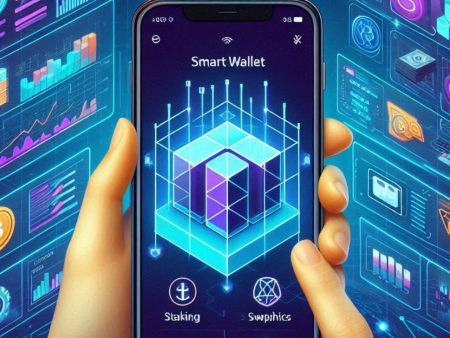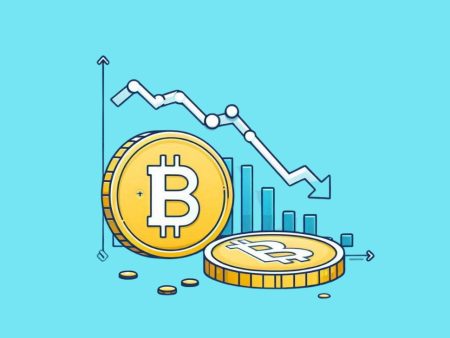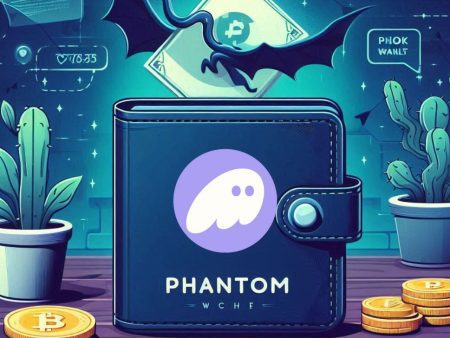DeFi Wallet is the key to unlocking the full potential of decentralized finance, giving users complete control over their digital assets without relying on intermediaries. Its options come in various forms, each offering different levels of security, usability, and blockchain compatibility.
This blog post of TopCoin9 will break down what a DeFi Wallet is, how it works, its benefits, and what to consider before choosing one. Let’s dive into the world of decentralized finance.
What Is a DeFi Wallet? (Definition & Core Concepts)
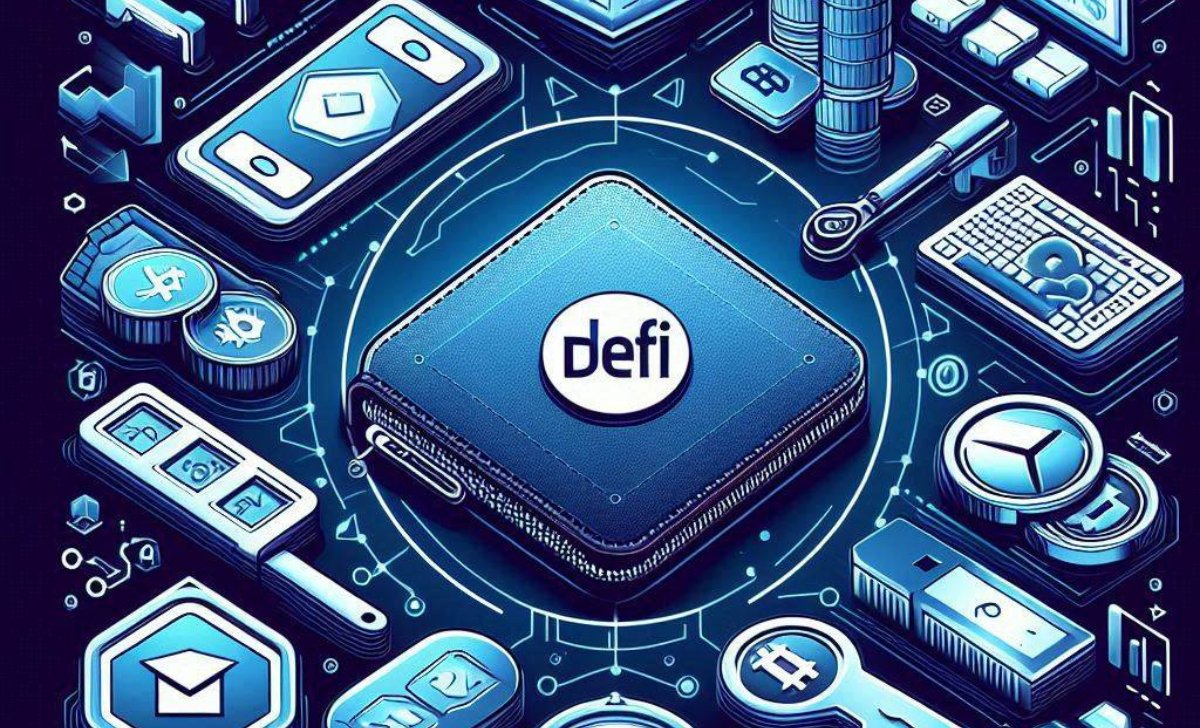
A DeFi Wallet is a non-custodial crypto wallet that gives users full control over their digital assets without needing a centralized intermediary like a bank or exchange. Unlike traditional wallets on platforms like Coinbase or Binance, which manage your private keys for you, it allows users to own and control their private keys directly.
This model aligns with the core principle of decentralized finance — eliminating the middleman. According to CoinDesk (2023), it is “self-custody tools designed to interact directly with decentralized applications (DApps) on blockchains like Ethereum.”
Some well-known DeFi wallet apps include:
- MetaMask: Supports Ethereum and EVM-compatible chains.
- Trust Wallet: Backed by Binance but remains non-custodial.
- Coinbase Wallet: Separate from Coinbase Exchange, designed for Web3 and NFTs.
In essence, a DeFi Wallet is your gateway to decentralized finance. But how does it really work behind the scenes? Let’s explore that next!
How Does a DeFi Wallet Work?
A DeFi Wallet operates using public-private key cryptography. When you set up your wallet, it generates a private key (or seed phrase), which is the only way to access and control your crypto. If you lose this key, there’s no “forgot password” option—your funds are irretrievable.
Here’s what happens under the hood:
- Private keys allow users to sign transactions securely.
- Smart contracts power DeFi apps like Uniswap, Aave, or Compound.
- Wallets connect directly to these smart contracts via wallet interfaces like MetaMask or WalletConnect.
As reported by Ethereum.org (2024), “Wallets don’t store crypto, but rather access your assets on-chain through cryptographic authorization.” This means DeFi wallets are simply access points to your tokens stored on the blockchain.
it often come as browser extensions or mobile apps. A growing number of users prefer DeFi wallet apps for their portability and touch-interface convenience, especially for staking, swapping, or checking yield on the go.
Now that you know how a crypto DeFi Wallet functions, let’s look at the major advantages of using one compared to custodial wallets in the next content!
Benefits of Using a DeFi Wallet
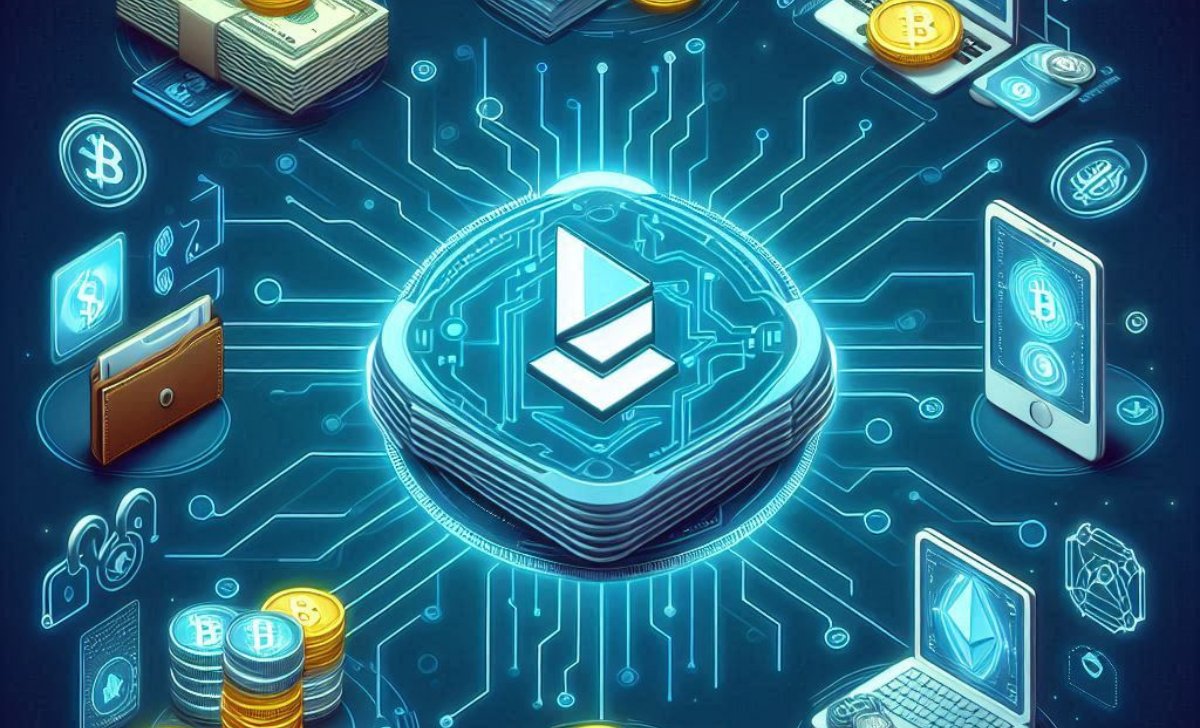
The popularity of DeFi wallets is no coincidence. They offer a range of benefits that appeal to both security-conscious users and those seeking financial freedom:
- Full Asset Ownership: DeFi wallets are non-custodial, meaning you hold the keys, you own the coins. This is in sharp contrast to centralized platforms that can freeze or restrict access.
- Enhanced Privacy and Security: No personal information is required to create a DeFi Wallet. You don’t need KYC (Know Your Customer) verification. That said, security is your responsibility, as no third party can help recover lost access.
- Seamless Access to DeFi Services: It allows direct access to decentralized exchanges, lending platforms, yield farming, and NFT markets. For example, a MetaMask wallet connects instantly to Uniswap or OpenSea.
- Multi-Chain Support: Many wallets now support multiple blockchains, such as Ethereum, BNB Smart Chain, Polygon, and Avalanche, offering a multi-chain DeFi experience from one app.
A 2023 report from Chainalysis shows that the number of users managing funds through DeFi wallet apps grew by over 60% year-over-year, largely due to enhanced control and privacy.
While the advantages are clear, it’s important to understand the risks involved with using a DeFi Wallet. Let’s break them down next!
Risks and Limitations of DeFi Wallets
Despite their appeal, DeFi Wallets come with certain risks, especially for beginners. Self-custody requires more responsibility than custodial services.
- Irrecoverable If Lost: If you lose your seed phrase, you lose permanent access to your assets—there’s no reset or recovery option. Investopedia (2023) reports that over 20% of Bitcoin is presumed lost due to forgotten private keys.
- Phishing and Fake Apps: Fake DeFi wallet apps on mobile stores have tricked many users into losing their funds. The U.S. FBI (2022) issued warnings about fraudulent wallet apps targeting crypto investors.
- Steep Learning Curve: DeFi terms like “staking” or “gas fees” can confuse new users and lead to costly mistakes. Ethereum.org (2024) highlights the importance of user education to reduce onboarding risks.
Despite the risks, choosing the right wallet app can mitigate many concerns. Let’s look at how to choose the best DeFi wallet for your needs.
How to Choose the Right DeFi Wallet App
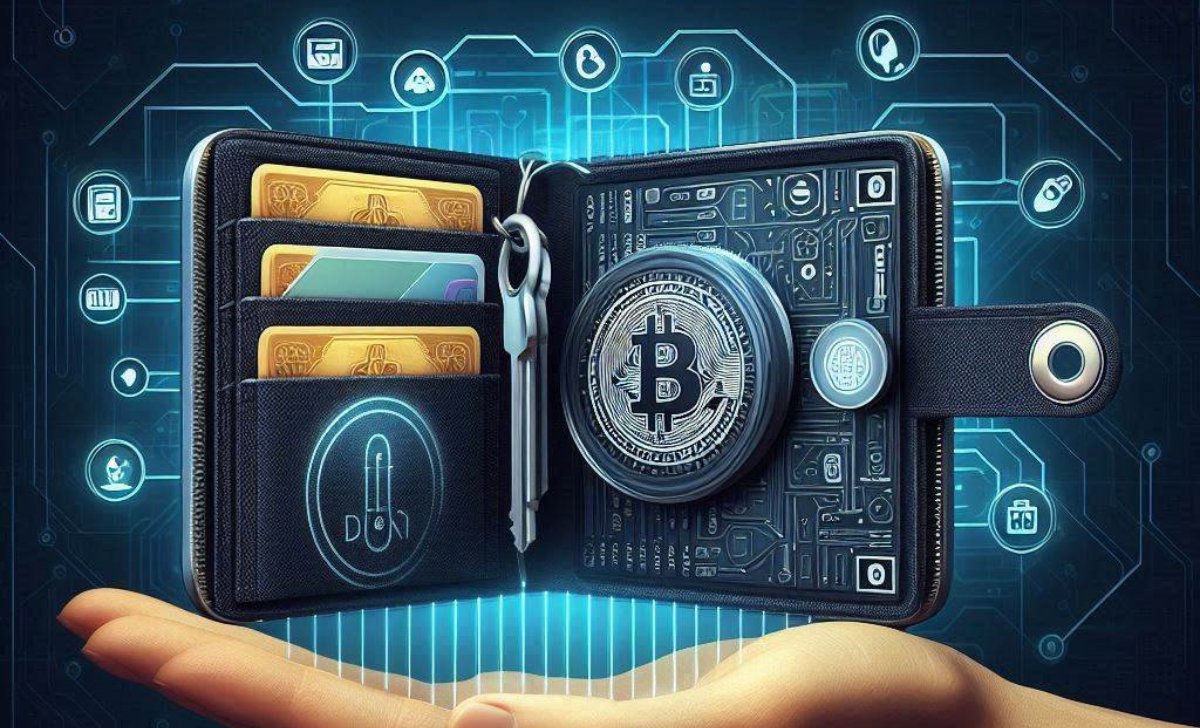
Selecting the right DeFi wallet app is crucial, especially if you plan to interact frequently with DeFi protocols. Here are some important factors to consider:
- Prioritize Security: Choose wallets that are open-source and have undergone public audits for transparency. Investopedia (2023) recommends MetaMask due to its consistent code reviews and active developer community.
- Focus on User Experience: Trust Wallet is known for its intuitive interface, ideal for beginners in DeFi. In contrast, Cointelegraph (2023) notes that advanced users often prefer Rabby or SafePal for their customization features.
- Check Blockchain Compatibility: Ensure your wallet supports the specific blockchains and tokens you plan to use. Ethereum.org (2024) suggests opting for multi-chain wallets to access more DeFi platforms.
- Look for dApp Integration: Top wallets provide native Web3 access, letting you connect to dApps directly from the wallet interface. TechRadar (2023) praised Coinbase Wallet for its seamless dApp connectivity and simple onboarding process.
Once you’ve chosen your ideal wallet, it’s time to put it into action. Here’s how to set up and start using your DeFi Wallet.
How to Set Up and Use a DeFi Wallet: Step-by-Step
Setting up a DeFi Wallet is quick and easy. Here’s a step-by-step guide:
- Download the Wallet App: Choose from trusted wallets like MetaMask, Trust Wallet, or Coinbase Wallet. Install via official websites or verified app stores.
- Create a New Wallet: Click “Create New Wallet,” then generate your 12 or 24-word seed phrase. Write this down and store it securely offline.
- Fund Your Wallet: Transfer crypto from an exchange to your new DeFi wallet address. Most wallets support Ethereum, BNB, and other tokens.
- Connect to a dApp: Navigate to a dApp like Uniswap or Aave, click “Connect Wallet,” and select your DeFi wallet app. Authorize the connection to start using DeFi services.
According to Ethereum Foundation documentation (2024), the most secure wallets never share private keys and use end-to-end encryption for signing transactions.
As you become more comfortable, you’ll notice rapid innovation in the DeFi wallet space. Let’s peek into what the future holds in the below content!
The Future of DeFi Wallets

The next generation of DeFi Wallets is being shaped by smart technologies and broader adoption:
- Smart Contract Wallets: Wallets like Argent and Safe use smart contracts to enable social recovery, transaction batching, and gasless transactions—making DeFi safer and more user-friendly.
- Wallet-as-a-Service (WaaS): New APIs allow companies to integrate DeFi wallet capabilities directly into apps and games without users managing keys directly.
- Regulatory Pressure: As DeFi grows, global regulators are eyeing wallet compliance. The Financial Action Task Force (FATF) released new crypto guidance in 2022 urging oversight of wallet developers.
Whether you’re a crypto newbie or DeFi veteran, the future of self-custody is exciting, and DeFi wallets will continue to be the foundation of that journey.
Conclusion
We hope this guide has helped you better understand what a DeFi Wallet is and how it empowers you to manage your digital assets securely. As DeFi continues to grow, staying informed is key to making smart decisions. Don’t forget to follow TopCoin9 for the latest insights and updates in the world of decentralized finance.

Emily Thompson is a highly skilled crypto writer and strategist with extensive experience in blockchain journalism, having contributed to Cointelegraph and Binance Academy. At TopCoin9, she ensures high-quality, SEO-optimized content that educates and informs the crypto community.
Email: [email protected]
